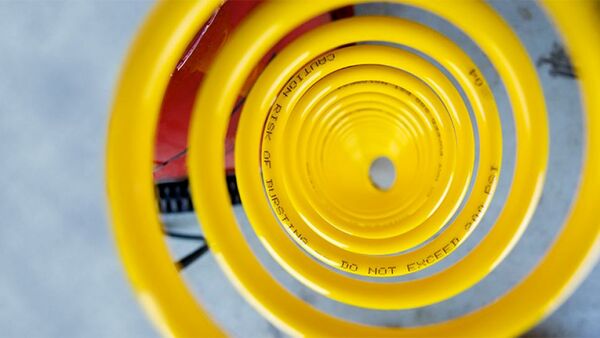Generally treated as a support function, compressed air is widely used in production facilities for the operation of process machinery and the actuation and control of pneumatic valves, cylinders and controllers. However, the quality and availability of compressed air may have a significant effect on the plant’s core production. The audit measures a number of parameters associated with the performance of compressed air systems, aiming at improving their energy efficiency.
Seen as a support activity, compressed air seldom warrants the attention it really deserves. Industry is currently using 8-10 % of its electricity consumption to compress air and in general some 30 % of the compressed air generated is wasted. The energy saving potential is significant but operational savings are ‘locked up’ in compressed air systems as improvements often do not meet corporate project payback criteria.
Producing dry, oil-free and dust-free compressed air at a low cost is the aim in a compressed air system. Filter systems are used to remove oil and dust, and dryers are needed to adjust humidity. The specific process which is using the compressed air determines exactly how dry the air should be. Regardless of the drying or filter system, clean dry compressed air comes at a premium price and measurements are essential to ensure that you are getting what you pay for.
Whatever the application, accurate measurements form the basis for improving the system and reaching cost savings.
